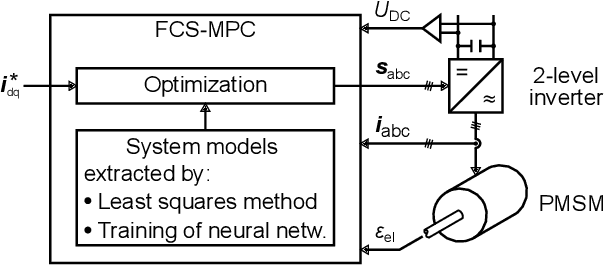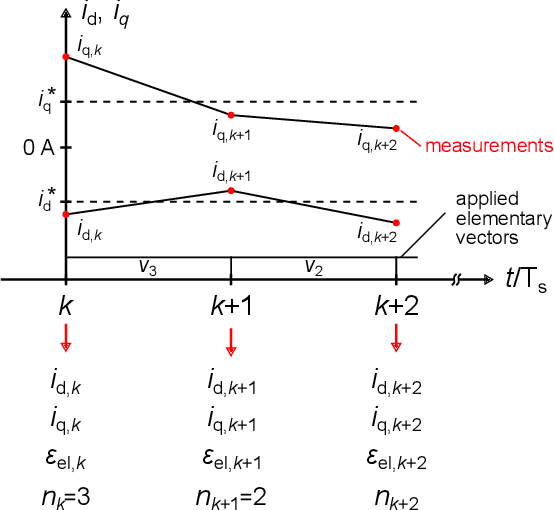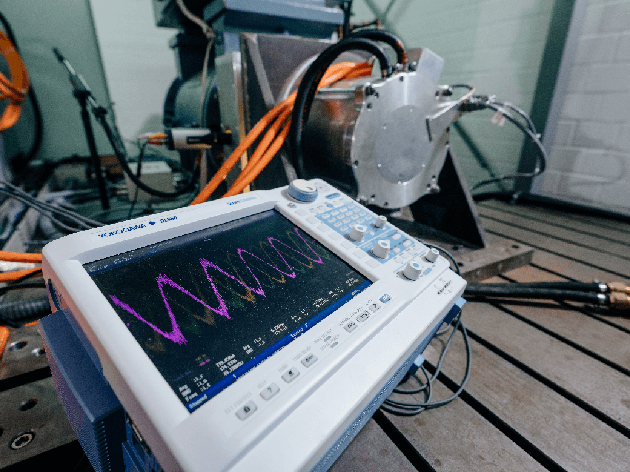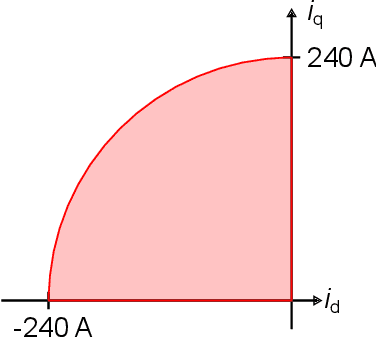Sören Hanke
Data Set Description: Identifying the Physics Behind an Electric Motor -- Data-Driven Learning of the Electrical Behavior (Part II)
Mar 25, 2020



Abstract:A data set was recorded to evaluate different methods for extracting mathematical models for a three-phase permanent magnet synchronous motor (PMSM) and a two-level IGBT inverter from measurement data. It consists of approximately 40 million multidimensional samples from a defined operating range of the drive. This document describes how to use the published data set \cite{Dataset} and how to extract models using introductory examples. The examples are based on known ordinary differential equations, the least squares method or on (deep) machine learning methods. The extracted models are used for the prediction of system states in a model predictive control (MPC) environment of the drive. In case of model deviations, the performance utilizing MPC remains below its potential. This is the case for state-of-the-art white-box models that are based only on nominal drive parameters and are valid in only limited operation regions. Moreover, many parasitic effects (e.g. from the feeding inverter) are normally not covered in white-box models. In order to achieve a high control performance, it is necessary to use models that cover the motor behavior in all operating points sufficiently well.
Data Set Description: Identifying the Physics Behind an Electric Motor -- Data-Driven Learning of the Electrical Behavior
Mar 25, 2020



Abstract:Two of the most important aspects of electric vehicles are their efficiency or achievable range. In order to achieve high efficiency and thus a long range, it is essential to avoid over-dimensioning the drive train. Therefore, the drive train has to be kept as lightweight as possible while at the same time being utilized to the best possible extent. This can only be achieved if the dynamic behavior of the drive train is accurately known by the controller. The task of the controller is to achieve a desired torque at the wheels of the car by controlling the currents of the electric motor. With machine learning modeling techniques, accurate models describing the behavior can be extracted from measurement data and then used by the controller. For the comparison of the different modeling approaches, a data set consisting of about 40 million data points was recorded at a test bench for electric drive trains. The data set is published on Kaggle, an online community of data scientists.
 Add to Chrome
Add to Chrome Add to Firefox
Add to Firefox Add to Edge
Add to Edge